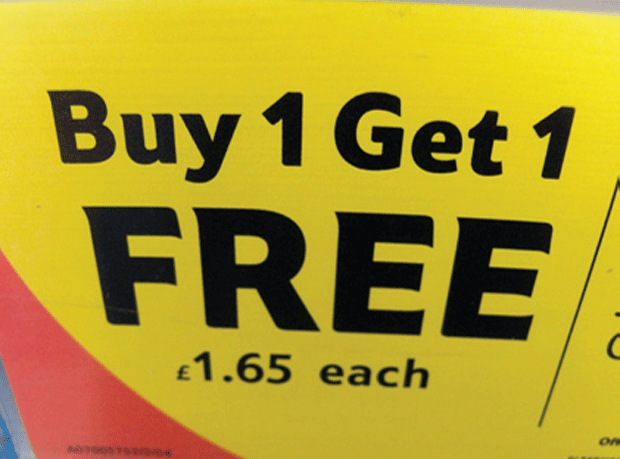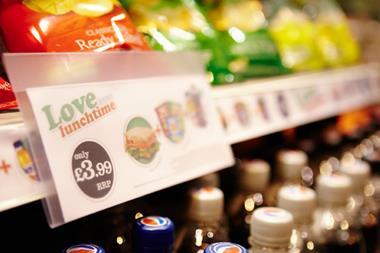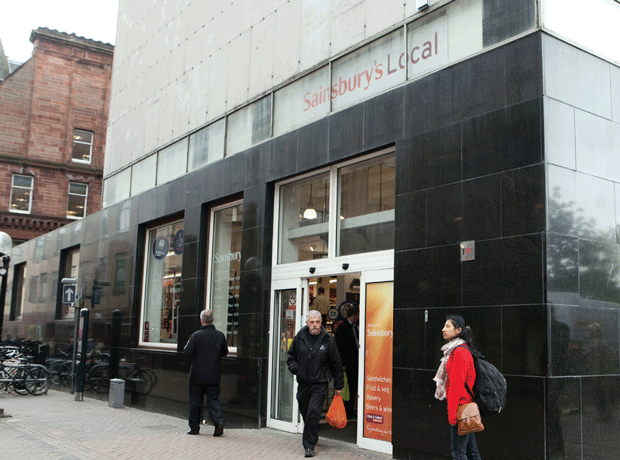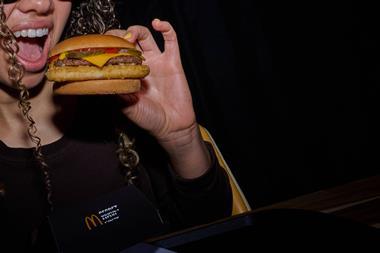
Promotions are failing to bring the increase in sales they once did, as the volume of goods sold on deal fell last year, new research has suggested.
The total volume of food and non-food products sold on promotion in the UK fell 0.8% year-on-year in the 12 months to 31 March 2013, a study published today by analysts IRI revealed. Nonetheless, UK promotional levels remain the highest in Europe, with 55% of food items and 59% of non-food sold on deal. The two most-promoted categories were beer/cider (68.7% sold on deal) and confectionery (66.5% on deal).
The decline in activity had been driven by the food category, where promotions fell 1.3%, while non-food promotions rose 1.3%, according to IRI report ‘Price and promotion in Europe: FMCG industry at a tipping point’.
Suppliers could be losing patience with expensive trade promotions that were no longer bringing the increases in volumes they used to, suggested IRI strategic insight director Tim Eales.
“After a while shoppers’ loyalty towards brands and stores erodes, which makes it difficult to raise prices in the future”
Tim Eales, IRI
Personal care had the biggest year-on-year increase in promotions – up 2% to 64% - but volume sales fell by 1.7%, while the household category also had a 2% rise in promotions but a 0.6% drop in volume sales.
“Promotions have helped shoppers meet the rising cost of their grocery shopping baskets, but they eventually become used to them,” he added. “After a while their loyalty towards brands and stores erodes, which makes it difficult to raise prices in the future.”
IRI said some promotions remained effective, particularly those that were easy for shoppers to understand and had a real perceived value – such as offers linked to fuel and round-pound pricing.
Manufacturers needed to think differently about how they used promotions as they tried to regain some of the margin that had been eroded since the downturn began, it said, adding that it was essential to define goals and priorities with retailers and consider the multi-channel landscape.
“With high price inflation expected for remainder of 2013 and beyond, retailers and manufacturers must step aside from the margins battle and work together to define merchandising strategies using specific tactics such as occasions for special treats to drive impulse purchasing on non-essential items,” added Eales.



















2 Readers' comments